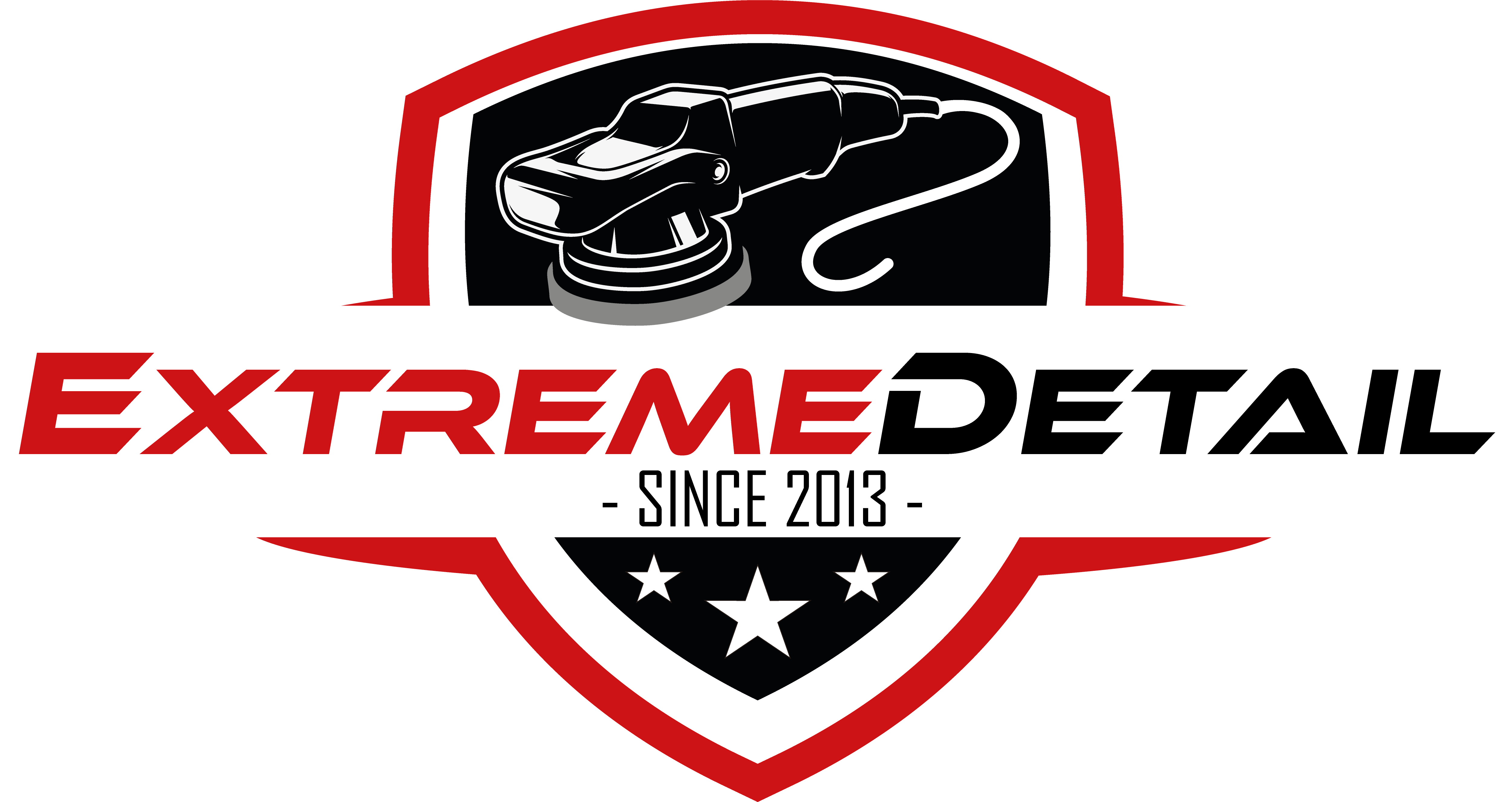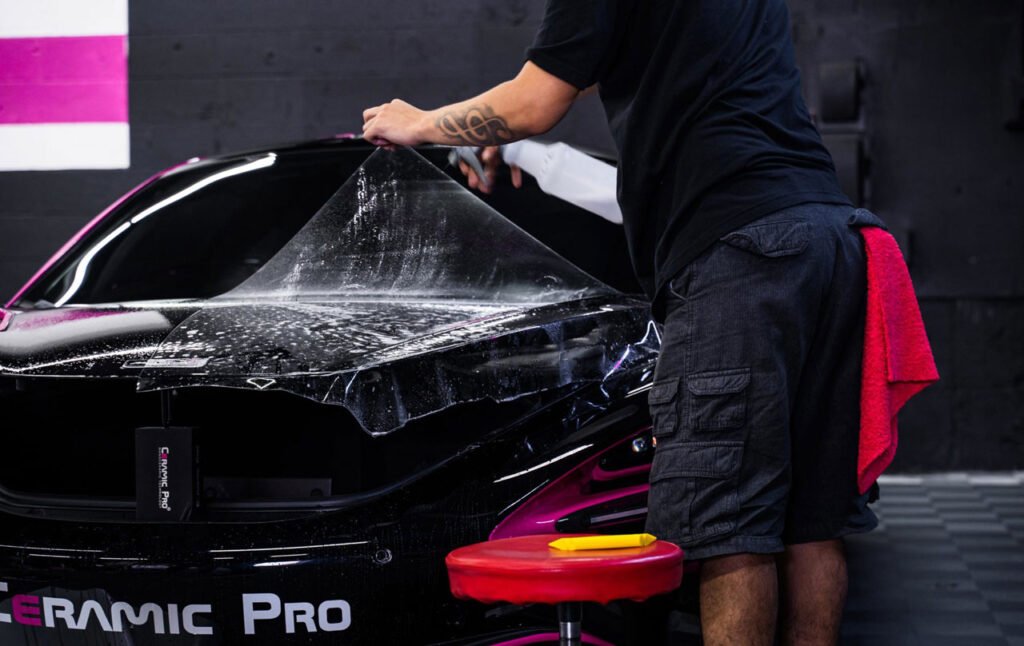Paint protection film is considered a premium solution for protecting the exterior of vehicles. It is the only available product that offers defense against rock chips, scratches, and helps preserve the original finish.
However, its robust nature, boasting superior adhesion compared to vinyl, raises a common concern: does paint protection film cause damage to the paint over time?
In reality, this is not a straightforward question with a simple yes or no response. It is more nuanced, much like choosing between Pepsi and Coke. There are situations where applying a clear bra can result in paint damage, while removing the film can also pose challenges.
Various factors come into play, such as the quality of the product, the thoroughness of the preparation work, and the expertise of the installer. These factors can either expedite or mitigate the risk of short-term or long-term damage.
Now, let’s take a moment to delve into some of the aspects that can influence the reliability and longevity of paint protection film.
Table of Contents
What Makes a Good Paint Protection Film?
Before we attempt to address the initial query, let’s first clarify what it entails. Paint Protection Film (PPF) is a thermoplastic material that offers unparalleled paint protection, surpassing any other available options in the market. It is primarily available in a completely transparent form, enabling vehicle owners to preserve the original appearance of their paint surface.
Nevertheless, advancements in technology have allowed innovative manufacturers like Ceramic Pro to develop PPF with a matte finish. Additionally, there are specialized blends that come in various colors, akin to vinyl materials.
In general, two crucial components constitute a clear bra or Paint Protection Film.
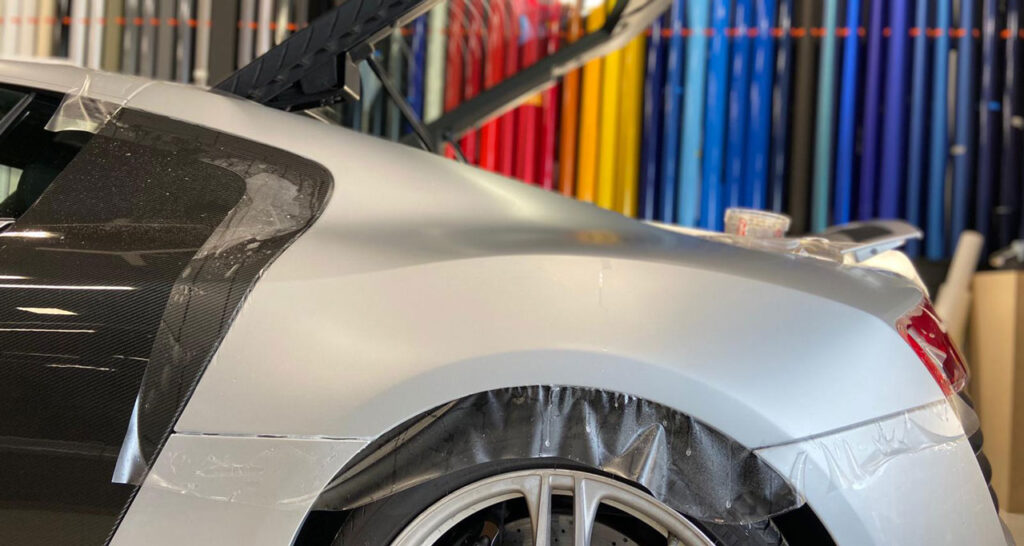
The Raw Materials
PPF consists of four main layers or components, and the quality of each layer contributes to its overall integrity and strength. High-quality paint protection films prioritize every aspect of the film’s construction, resulting in easier application, reduced fading or yellowing, and optimal film condition.
Polyester Release Liner: This initial layer of the PPF is not the thickest material but serves to secure the film to your car’s paint job.
Acrylic Adhesive: Similar to bonding two parts together, an adhesive is used to attach the PPF to the car’s paint. A good car clear paint protection film utilizes a well-balanced acrylic adhesive that won’t harm the paint.
Polyurethane: The thickest layer of the PPF, polyurethane forms a protective barrier on the painted surface, guarding against paint chipping. It is the main component of the PPF.
Clearcoats: The added clearcoat provides robust protection to the PPF, acting as a shield against external elements like UV rays that can cause sun damage. It keeps the PPF dry and enhances the overall effectiveness of the paint protection film. Applying a ceramic coat on top of the clearcoat further improves protection against road debris while enhancing the film’s luster and shine.
Which PPF is Right for You?
Choosing the best PPF for your specific requirements depends on factors such as your personal needs, preferences, and, of course, your budget. Several reputable paint protection film manufacturers, such as Xpel and 3M, have established extensive networks of installers worldwide. Some manufacturers also offer vinyl wrap services, while others focus solely on partnering with local PPF installers or selling directly to customers. It’s important to consider these aspects when determining which PPF option is the most suitable for you.
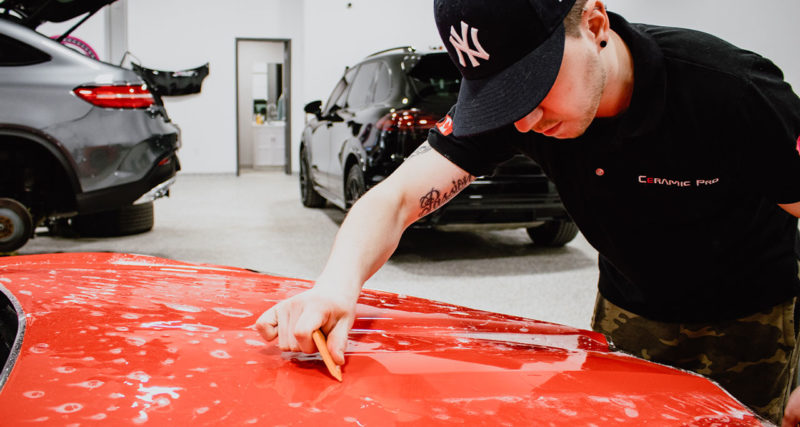
There are also manufacturers such as Ceramic Pro, who may be newer to the paint film industry but have earned a solid reputation for providing high-quality solutions that deliver exceptional results.
However, the choice of manufacturer should be a secondary consideration. The initial step is to determine which type of PPF suits your specific needs and circumstances.
Paint Protection Film for Gloss Paint Finish
If your goal is to achieve a glossy appearance, it is essential to choose a Paint Protection Film that is completely transparent and includes a clearcoat to enhance the shine of your paint. Additionally, applying a layer of detail spray can further enhance the glossy surface. Before installing this type of PPF, it is common for professional installers to perform paint correction or polishing to ensure the optimal condition of the paintwork.
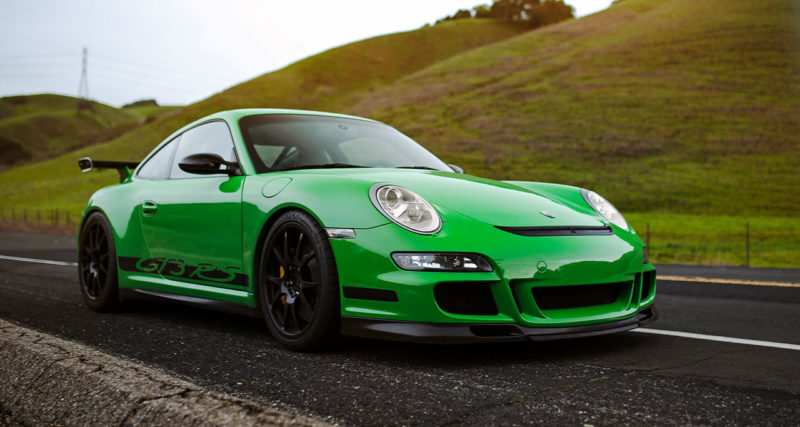
By conducting the polishing process, any pre-existing paint damage will be eliminated, and the surface will be thoroughly cleansed. This polishing step facilitates better adhesion of the film, minimizing the risk of paint peeling when it is eventually removed.
Paint Protection Film for Matte Finish
Despite its stunning appearance, matte paint does come with some downsides and risks. One significant drawback is that it is highly susceptible to scratching and challenging to repair. The primary reason for this is that the clear coat finish plays a crucial role in achieving the desired matte effect.
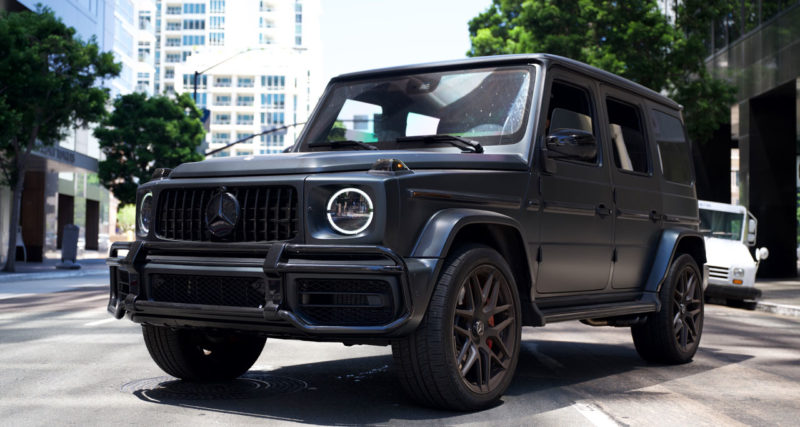
In essence, the clear coat of a matte finish lacks fillers or specific components that enhance its depth or durability. As a result, matte finishes are more susceptible to surface scratches and harm. However, this characteristic also means that minor imperfections and damages cannot be polished out.
If your vehicle has a matte finish, it is highly recommended to install paint protection film (PPF). Many individuals choose to apply PPF to the front of their vehicles, focusing on high-impact areas. Additionally, they may opt to apply a professional ceramic coating to the rest of the vehicle to provide enhanced protection.
What Are the Advantages of a Car Protective Film?
A paint protection film (PPF) is a material that is applied to a solid surface to provide added strength and protection. The main purposes of PPF are:
Protecting your car from environmental contaminants such as bird droppings and other animal waste. It also safeguards the paint from industrial fallout that can adhere to the clear coat and other surfaces.
Preventing water spots caused by rain or hoses, as well as reducing the risk of swirl marks. It helps maintain the original condition of the factory paint.
Shielding against minor scratches caused by road hazards that could otherwise damage the paint.
Preserving your car’s appearance by protecting it from harmful UV rays that can cause paint damage and rust formation.
Offering self-healing properties over time and providing long-lasting protection, with some PPF products designed to last up to 10 years.
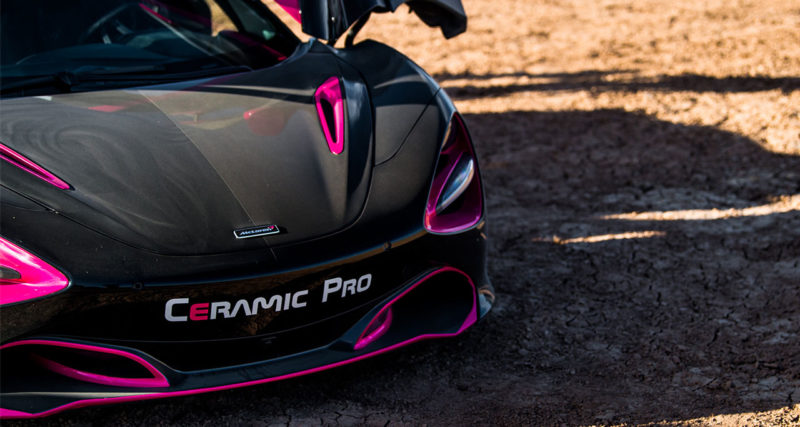
Lorem ipsum dolor sit amet, consectetur adipiscing elit. Ut elit tellus, luctus nec ullamcorper mattis, pulvinar dapibus leo.
How to Reduce Paint Damage
To ensure the paint protection film (PPF) is installed without damaging your paint, it is crucial to rely on a professional detailer who has received comprehensive training from the manufacturer. The team of KAVACA PPF installers at Ceramic Pro undergoes hands-on training and must meet strict standards before being approved to install this high-quality solution.
Ceramic Pro provides continuous support to their installers through their technical experts, sales representatives, and marketing team. They offer ongoing education, resources for customers, and even maintenance products for KAVACA owners to use on their own.
If you are considering having a professional detailer install paint protection film, you can click the button below to request a free estimate and ensure your vehicle receives the best possible care.
